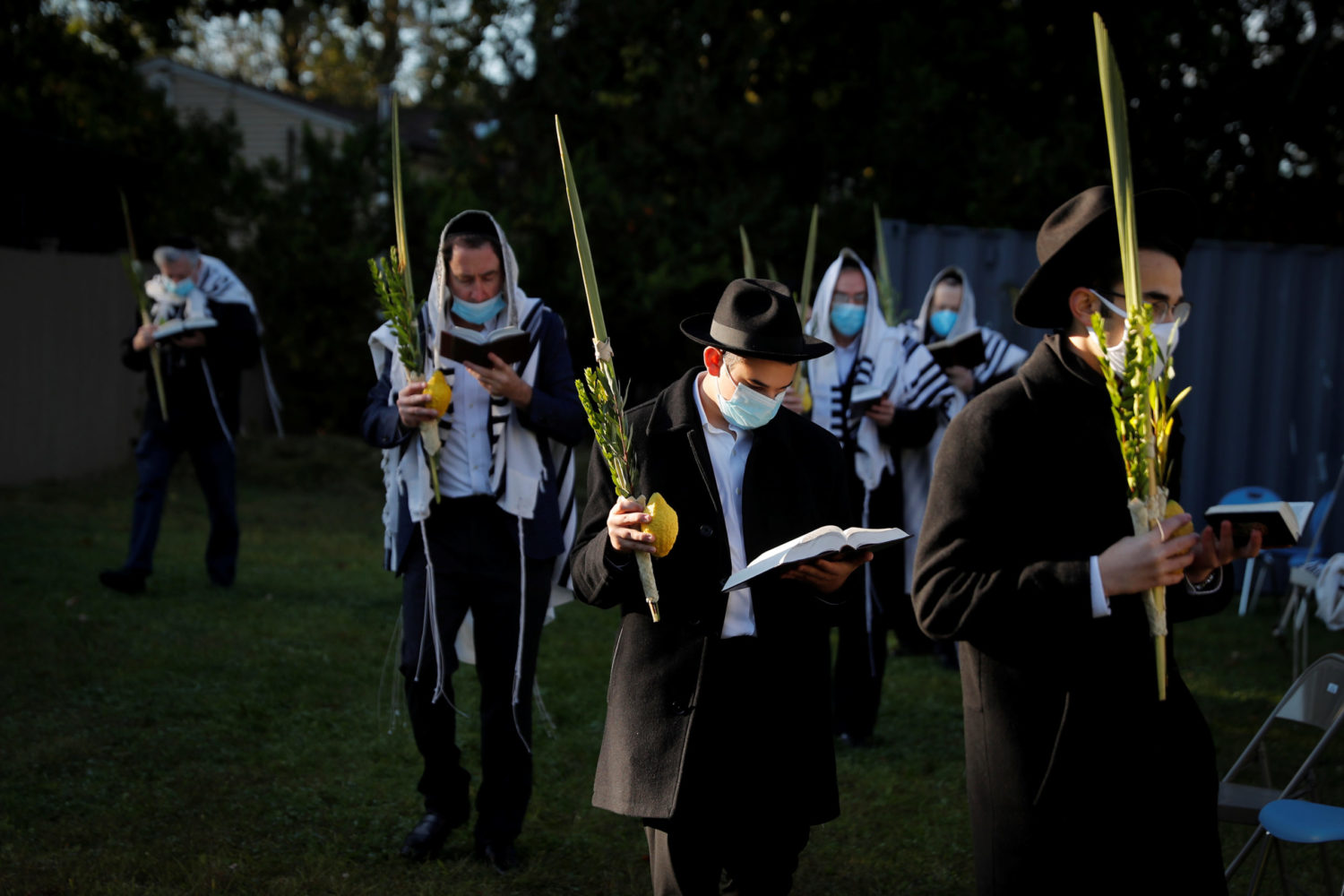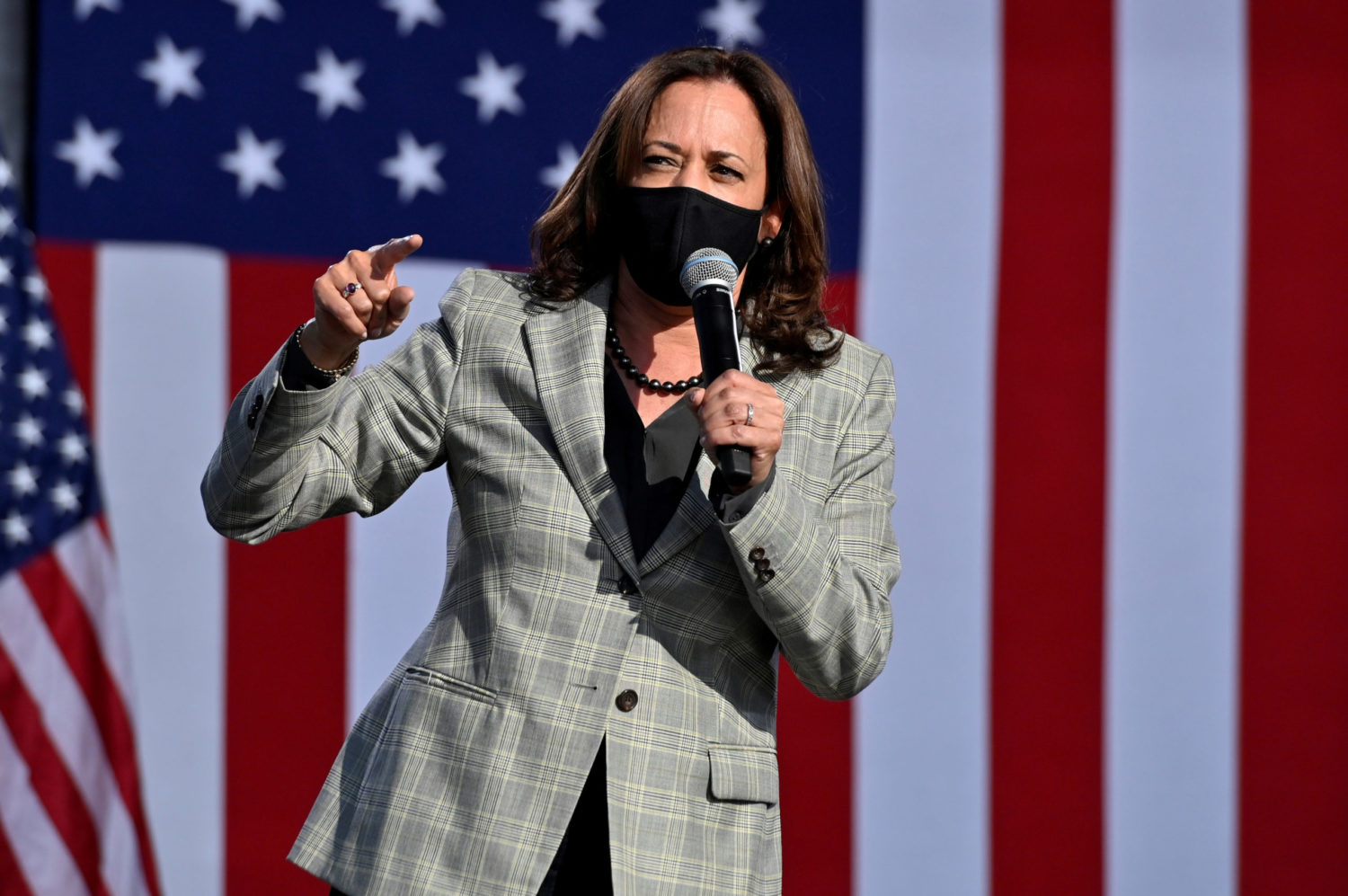
By Alexandra Alper and Deena Beasley
WASHINGTON (Reuters) – Defying critics, U.S. President Donald Trump on Tuesday said Americans were learning to live with COVID-19, a day after returning to the White House for further intensive treatment after being hospitalized with the coronavirus.
Trump, who returned late on Monday after nearly four days at Walter Reed Medical Center outside Washington, was due to receive a fifth transfusion of the antiviral drug remdesivir while being treated with the steroid dexamethasone, normally used only in the most severe cases.
The Republican president, who is running against Democrat Joe Biden in an election four weeks away, has repeatedly played down the disease, which has killed more than 1 million people worldwide. The United States has the world’s highest death toll from the pandemic, with more than 209,000 deaths.
“Many people every year, sometimes over 100,000, and despite the Vaccine, die from the Flu. Are we going to close down our Country? No, we have learned to live with it, just like we are learning to live with Covid, in most populations far less lethal!!!” Trump tweeted on Tuesday.
About 22,000 people are estimated to die from influenza in the 2019-2020 season, according to U.S. government statistics. Even before he contracted COVID-19, Trump acknowledged in taped conversations with a journalist that the disease was deadlier than the flu.
White House physician Dr. Sean Conley has also stressed Trump would have world-class medical care available around the clock, something many health experts have noted is unavailable to millions of other Americans.
“Don’t let it dominate you. Don’t be afraid of it,” Trump said in a video after his return on Monday night.
“I’m better, and maybe I’m immune – I don’t know,” he added, flanked by American flags and with the Washington Monument in the background. “Get out there. Be careful.”
He returned to the White House in a made-for-television spectacle, descending from his Marine One helicopter wearing a white surgical mask, only to remove it as he posed, saluting and waving, on the mansion’s South Portico.
Trump has repeatedly flouted social-distancing guidelines meant to curb the virus’ spread and ignored his own medical advisers. He mocked Biden at last Tuesday’s presidential debate for wearing a mask when campaigning.
“I was aghast when he said COVID should not be feared,” said William Schaffner, a professor of preventive medicine and infectious diseases at Vanderbilt University Medical Center in Nashville.
“This is a disease that is killing around a thousand people a day, has torpedoed the economy, put people out of work. This is a virus that should be both respected and feared.”
Democrats also weighed in. “This is a tragic failure of leadership,” Democratic Senator Chris Coons tweeted.
But Trump depicted himself as a man who vanquished the disease and emerged stronger.
“If the President bounces back onto the campaign trail, he will be an invincible hero, who not only survived every dirty trick the Democrats threw at him, but the Chinese virus as well,” he wrote on Twitter.
White House spokesman Judd Deere said every precaution was being taken to protect the president and his family. Physical access to Trump would be limited and appropriate protective equipment would be worn by those near him.
Questions swirled around the true state of Trump’s health after a weekend when his doctors offered contradictory or opaque assessments of his condition.
His oxygen saturation dipped enough to require supplemental oxygen on Friday and Saturday, his doctors said, but have not answered key questions about his lung function, his blood work, or when he lasted tested negative.
SETBACK POSSIBLE
Many aides and confidants have been diagnosed with the disease since his announcement last week that he had tested positive for it, intensifying scrutiny and criticism of the administration’s handling of the pandemic.
Trump had no public events listed for Tuesday and it was unclear when he would be able to resume a full schedule.
“I’m sure he’ll rest the next two days. And he’ll get going as soon as they say it’s OK to get going,” Trump’s personal attorney Rudy Giuliani told Fox News on Tuesday, adding that Trump would still do light work like making phone calls.
“You never know with this disease, but it seems like he is making a very rapid recovery and a strong one. And certainly his spirit is back. He’s raring to go,” Giuliani said.
Republican Senator Thom Tillis, who also tested positive for COVID-19 after a Sept. 26 White House visit, said on Twitter that Trump called him Monday night and said he was “feeling great and working hard.”
After recent opinion polls showed Trump slipping further behind Biden, early voting data indicated that nearly 4 million Americans have already cast ballots four week before election day, suggesting there may be a record turnout.
The severity of Trump’s illness has been the subject of intense speculation, with some experts noting that, as an overweight, elderly man, he was in a high risk category.
#GaspingForAir began trending on Twitter after video showed Trump appearing to take several deep breaths while standing on the White House balcony.
Dr. Anthony Fauci, the director of the National Institute of Allergy and Infectious Diseases, told CNN Trump looked good when he came out of the hospital, but noted that patients sometimes have a setback five days after they get sick.
“Sometimes when you’re five days in you’re going to have a reversal … It’s unlikely that it will happen, but they need to be heads-up (alert) for it,” Fauci said.
(Additional reporting by Alexandra Alper, Doina Chiacu, Ross Colvin, Steve Holland and Mohammad Zargham in Washington and by Deena Beasley in Los Angeles; Writing by Arshad Mohammed; Editing by Ross Colvin, Catherine Evans and Howard Goller)












